New York, New York —(Map)
Scientists have attached the kidney of a specially grown pig to a human body and found that it worked without problems. Though much is still unknown, the news is a huge step forward for tens of thousands of patients with kidney trouble.
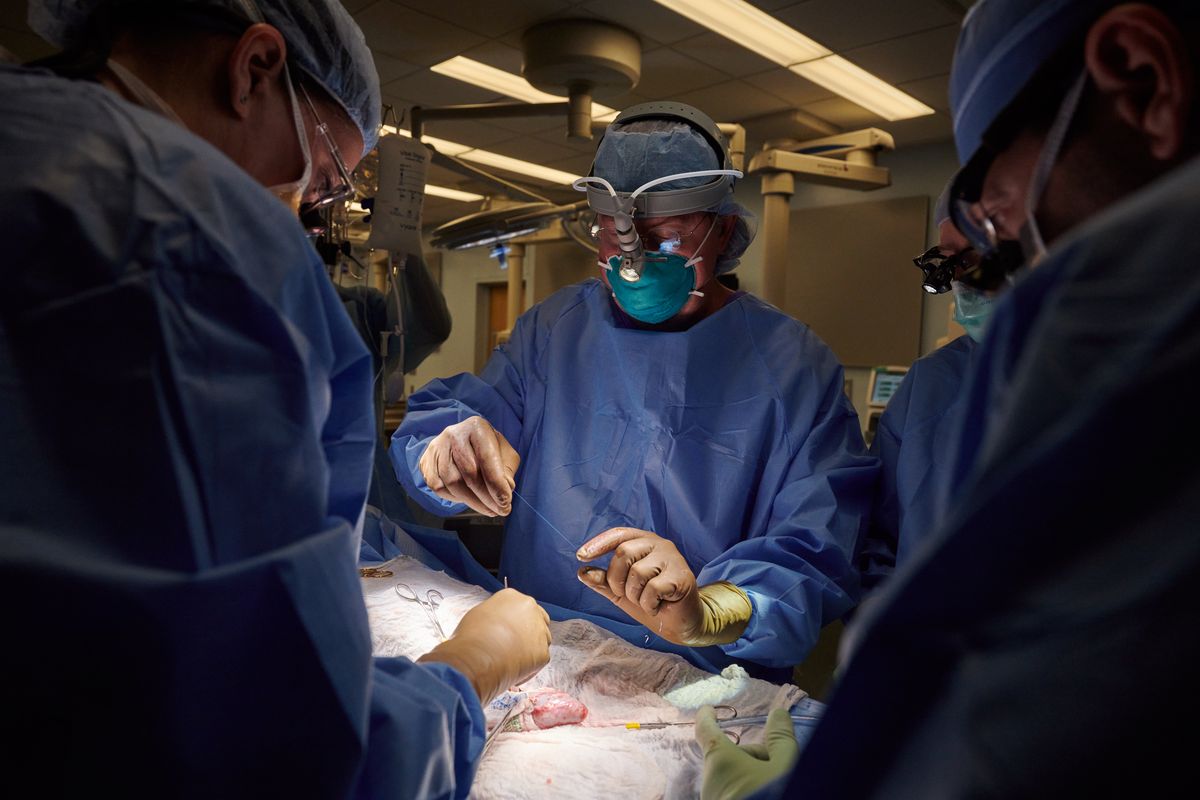
(Source: Joe Carrotta for NYU Langone Health.)
Kidneys are two bean-shaped organs that help keep the body’s systems in balance. They make sure the blood has the right amount of water, salt, and acid. Kidneys help clean the blood, removing unneeded material through urine (pee). Human kidneys are on either side of the spine, near the bottom of the ribcage.
As with other organs like the heart, lungs, or liver, human life depends on healthy kidneys. One way to help a patient with kidney trouble is to replace their kidneys with healthy kidneys. This is called a “transplant”.
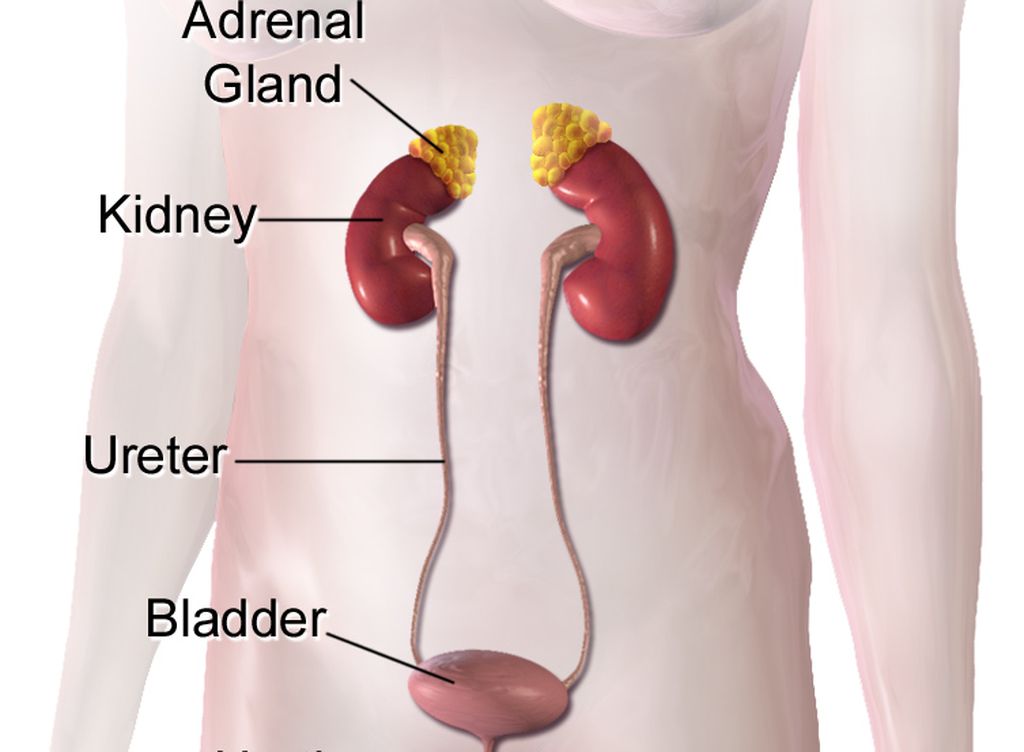
(Source: BruceBlaus [CC BY-SA 4.0], via Wikimedia Commons.)
Transplants usually come from people who have died, but who wanted their organs to be used to help other people live. But there are far more patients with kidney trouble than there are kidneys. Currently, about 90,000 people are waiting for kidney transplants in the United States alone.
For years, scientists have tried to figure out how to transplant organs from other animals into humans. This is hard because the human body almost always rejects (doesn’t accept) something that isn’t its own. This includes some transplants from humans. Scientists have tried transplanting organs from chimpanzees or baboons, but this didn’t work very well.

(Source: Screenshot, NHS Organ Donation.)
More recently, scientists have focused on transplants from pigs. In many ways, pigs’ bodies are similar to humans. It’s fairly easy to raise pigs, and they grow quickly. It’s now common for doctors to transplant pig heart valves to repair damaged human hearts. Heart valves open and close to help the heart pump blood.
But human bodies normally reject other pig organs because they contain a special chemical called “alpha-gal”. This time, to prevent the body from rejecting the pig kidney, scientists changed the pig’s DNA slightly so that it wouldn’t produce alpha-gal.
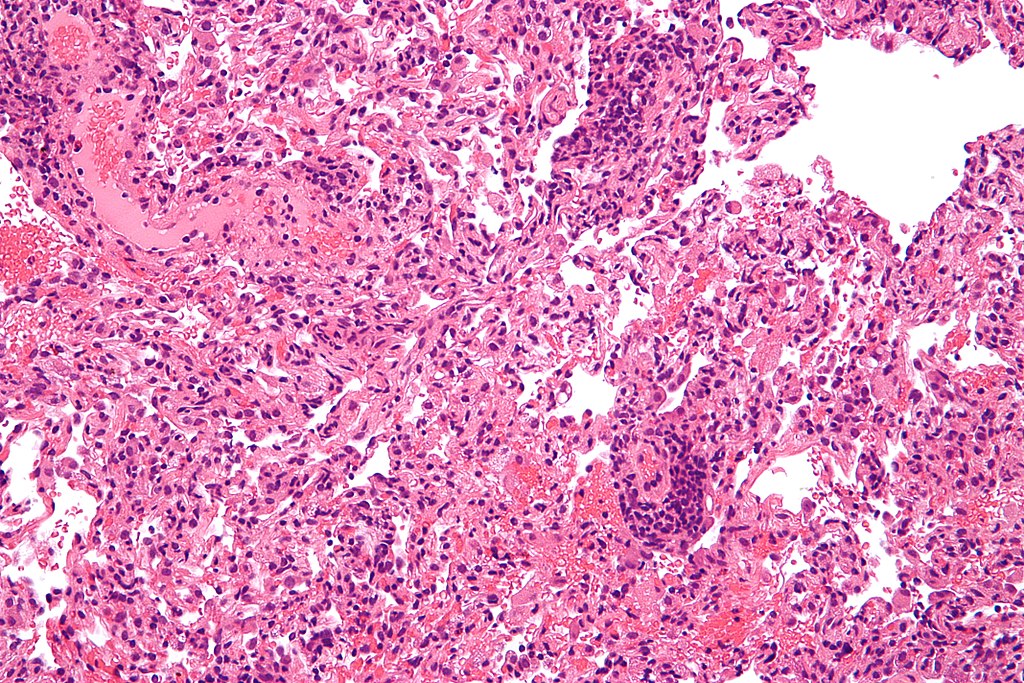
(Source: Nephron [CC BY-SA 3.0], via Wikimedia Commons.)
Last month, a medical team at NYU Langone Health, led by Dr. Robert Montgomery, attached this special pig kidney to a human patient* for the first time ever. Dr. Montgomery said the kidney “worked immediately”. “It was better than I think we even expected,” he said.
Though the kidney wasn’t placed inside the patient’s body, it was connected to the patient for over two days. During that time, the kidney worked as kidneys are supposed to work. It filtered the patient’s blood and produced urine and other chemicals. Most importantly, there were no signs that the kidney was being rejected.
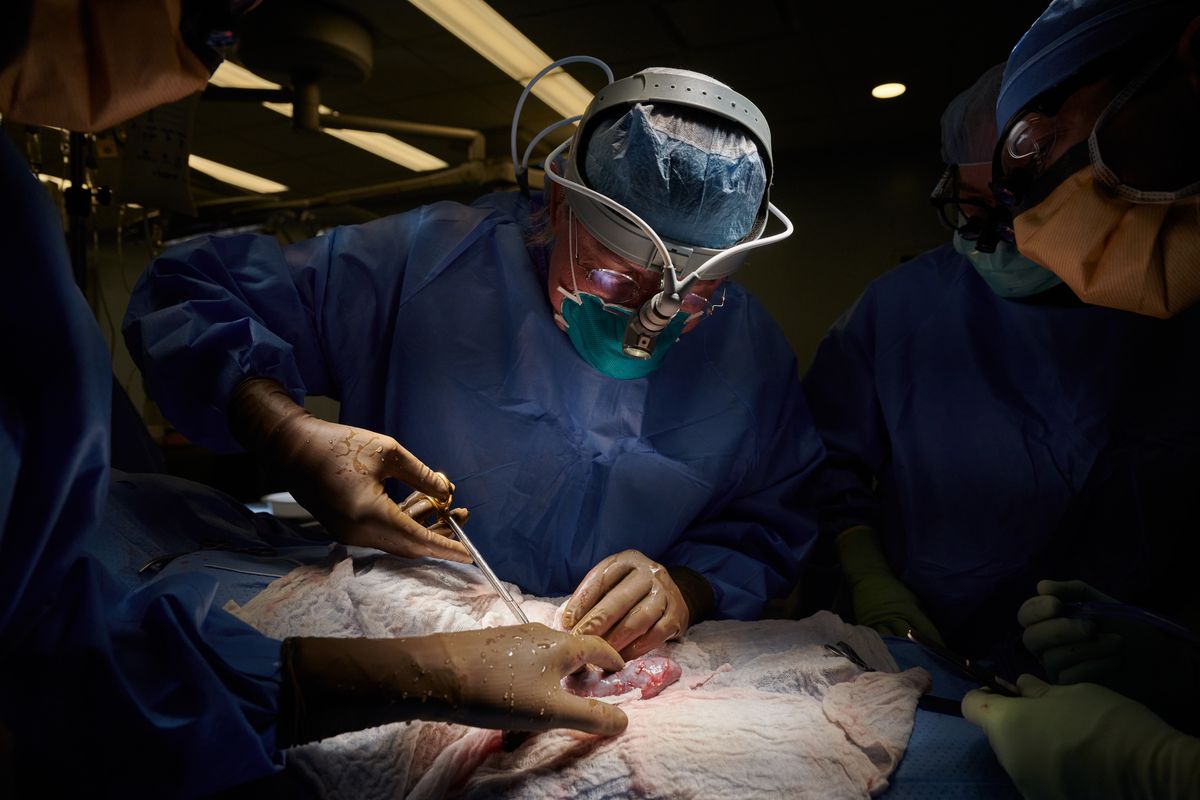
(Source: Joe Carrotta for NYU Langone Health.)
There are still many questions to be answered. The results were good, but it’s not known what would happen once this kind of kidney is actually transplanted into a human. Would it be rejected after a while?
Still, the success has many people excited that a real transplant of a pig kidney without alpha-gal could happen in the next few years. This progress offers real hope to the tens of thousands of people waiting for kidney transplants, and could open the door for other organ transplants, too.
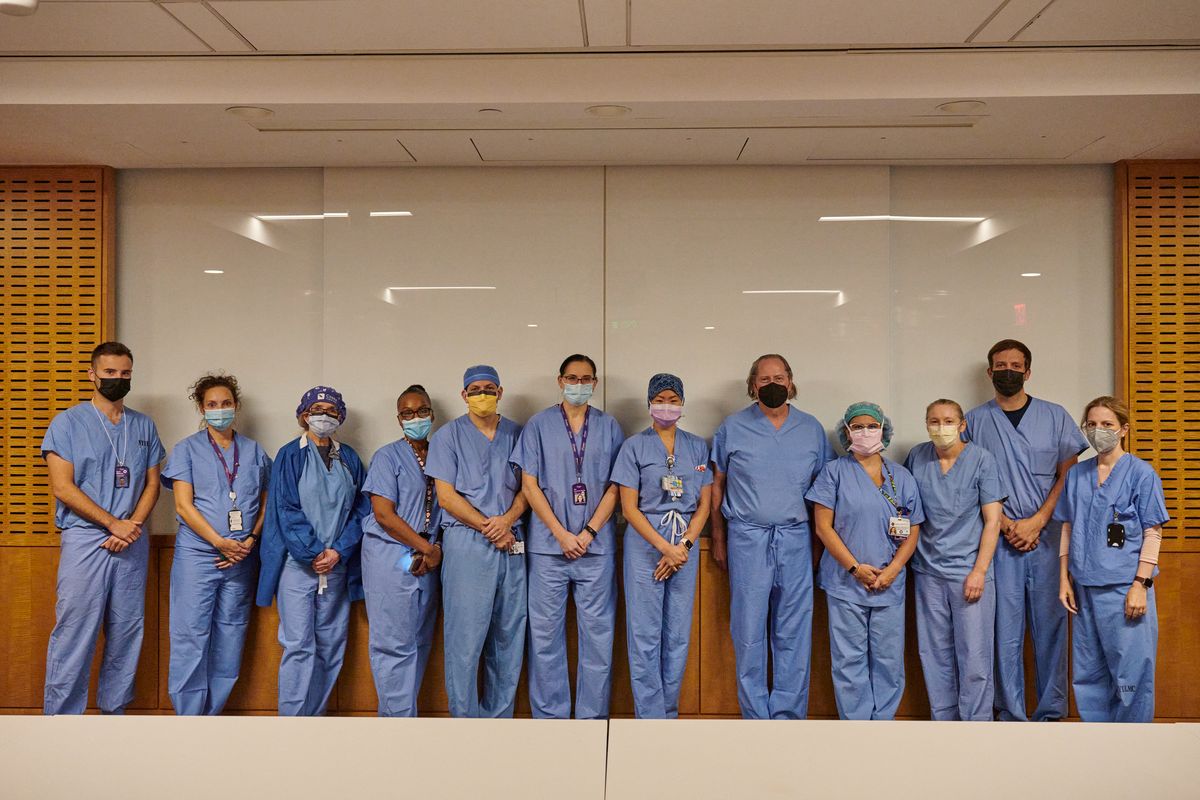
(Source: Joe Carrotta for NYU Langone Health.)
Did You Know…?
Dr. Montgomery doesn’t just do transplants. He was also a transplant patient. Three years ago his life was saved by a heart transplant.
* The patient who helped test the kidney was a woman who wanted her body to be used to help other patients. Her brain had died, but her body was still alive. Her family wanted the doctors to keep the woman’s body alive long enough to carry out the experiment.
😕
This map has not been loaded because of your cookie choices. To view the content, you can accept 'Non-necessary' cookies.
